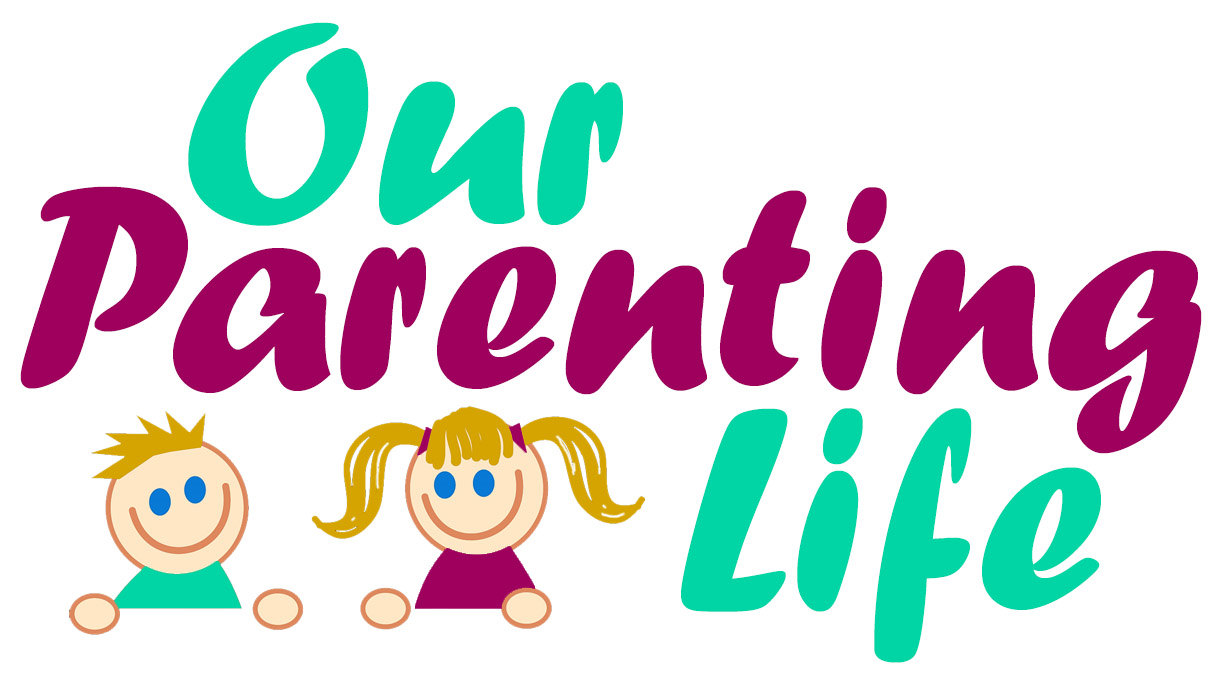
Only 20 percent of cyberbullying victims ever tell their parents or a teacher about the attack. That is two out of every 10 kids cyberbullied who suffer in silence and alone. Helping our kids manage cyberbullying isn’t enough—we have to teach them how to prevent it.
Like traditional bullying, cyberbullying victims are more likely to face depression and even thoughts of suicide. Unlike traditional bullying, which typically ends when the schooling ends, online bullying has virtually no escape. Smartphones and social media become traps for bullying at any age. That’s why it is so important that we take monitoring their online activity seriously. That doesn’t mean we have to control their every move, but it does mean we have to empower them to stay safe online. Consider some of these prevention techniques to help you get started.
Knowledge is Power: Educate your kids on cyberbullying prevention
Teach your children online etiquette that can help prevent them from being vulnerable to cyberbullying, such as:
- Never share any password with anyone.
- Completely log out of all public computers.
- Before you send a picture of yourself, ask if it is something you want your parents to see.
- Keep your profiles private and only friend people you know in person.
- Set up privacy controls yourself. Do not expect your child to be able to fully understand or value the importance of an abstract concept like privacy. Make sure to have regular conversations about this—if you force it on your child without explanation or dialogue, they may rebel by creating secret accounts that they hide from you.
Being judicial about their online personas and practices can help reduce the opportunity for cyberbullying. It’s also a good way to instill some understanding around the importance of privacy, especially online.
Partner with Them in Their Online Activity: Be there without being overbearing
Many parents today did not grow up in an era of cyberbullying, so your child’s use of social networking, texting, and other online activities might seem very foreign. Don’t let that be a barrier to knowing what your kids are doing online. It’s an important part of keeping them safe.
- Learn what sites your child wants to use and what accounts they have. If they want to be on that site, then they have to agree to be transparent with you about what they do online, and who they do it with.
- Explore it on your own. Getting some first-hand experience will help you understand the online environment your child is participating in.
- Keep up with technology. When you decide to give your child a device, like a smartphone or a tablet, understand its uses: instant message, text, social networking sites, games, videos and downloadable content.
- Make an agreement with your child that they must inform you before using new apps. This isn’t about asking your permission, but explaining to you what they want to use and why, so you can understand the benefits and the potential dangers.
Engage and Connect: Volunteer and get active in your community
Bullying is not a new problem. Cyberbullying may be a whole new arena, but the act of bullying is as old as human beings. One of the best ways to prevent cyberbullying and bullying in general is to make sure your kids have healthy and positive support systems. Help them prevent cyberbullying by increasing empathy and confidence through activities such as:
- Participating on a community team, like a bowling league, gymnastics or martial arts.
- Joining a welcoming and loving church community (for people who are religious or spiritual).
- Volunteering with a school friend at a local animal shelter, soup kitchen or other organization that helps those in need.
- Getting to know your neighbors. Offer to help someone in the neighborhood, such as keeping up with an elderly neighbor’s yard.
Give your child plenty of places to connect with and learn from others, so they will have a diverse network of kind and caring friends.
What to Do If Your Child Is the Cyberbully
Preventing cyberbullying means teaching your child how to protect themselves against it. But what happens when it is your child that is cyberbullying others? If this is the case, take the following steps:
- Address your own feelings first. You may need to work your own emotions of anger, disappointment, guilt or embarrassment first. Try to keep your reactions and feelings separate so when you talk with your child you can focus on their needs.
- Determine the outcomes before you talk with your child. Generally speaking, most parents will want the result of their intervention to end the bullying. You also need your child to understand the harm they have caused and make a plan for changing their behavior at a meaningful level (not just to get out of trouble). There needs to be an outcome for helping the victim to feel better and safe.
- Get the right people involved in the process of change. Coordinate the action plan with others in a way that helps both your child and the victim feel heard and supported. This may just be you and your child, or the victim and their parents. There are times that this may need to extend out to include teachers, pastors, guidance counselors, or even police, if they have already been involved. Make sure everyone has agreed to and is committed to the recovery plan.
- Get to the root cause of the bullying. Sometimes our children hurt others because they are also hurting. Maybe a big change has happened at home, like a divorce, death or move. Maybe your child is experiencing bullying from someone else, maybe even an authority like a teacher or family member.
More than 70 percent of tweens and teens have experienced or witnessed cyberbullying. It’s our job as parents to lower this number by helping our children make good choices about their online activity.
